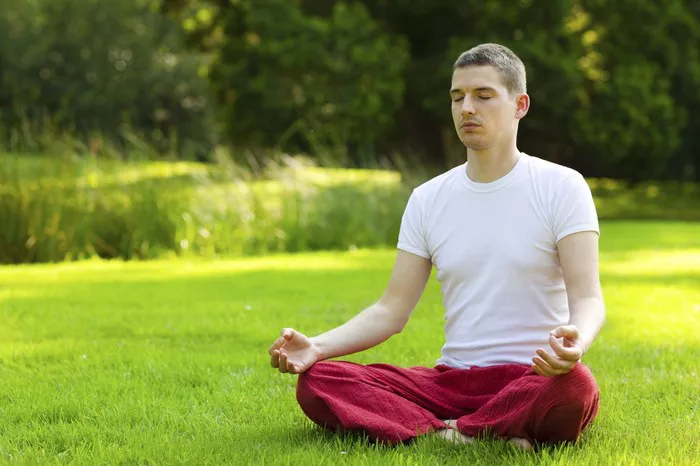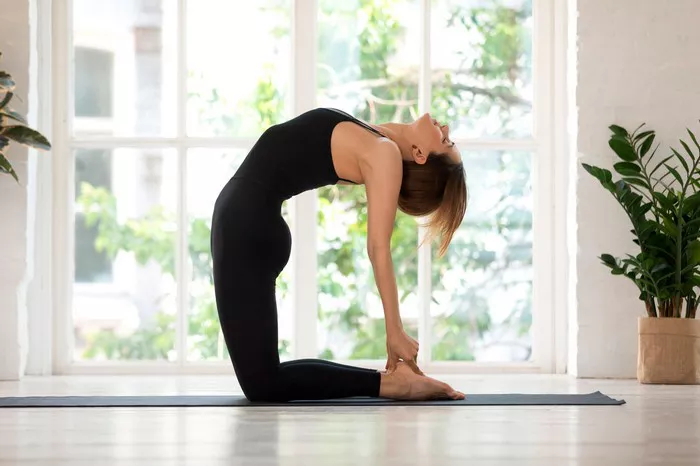Kriya Yoga is a profound and ancient discipline that aims to help individuals achieve spiritual enlightenment and self-realization. It is often described as a systematic approach to accelerating the process of spiritual awakening by using a combination of techniques, including breath control, meditation, and self-reflection. With its roots in the yogic tradition, Kriya Yoga has garnered significant attention in the modern world due to its effectiveness in promoting inner peace, clarity, and overall well-being. However, one question that often arises among those new to the practice is: Is Kriya Yoga difficult?
In this article, we will explore the intricacies of Kriya Yoga, examine its core principles, and address whether it is inherently difficult to practice. We will also break down the challenges that may arise for beginners and provide insights into how to approach the practice with patience and dedication.
Understanding Kriya Yoga
To understand whether Kriya Yoga is difficult, it’s essential to first understand what Kriya Yoga is and what it entails.
Kriya Yoga, often referred to as the “Yoga of Action” or “Yoga of Energy,” is a spiritual practice that focuses on controlling the vital energies (prana) in the body through specific techniques. These techniques involve a combination of breathing exercises (pranayama), concentration practices, and meditation. The term “Kriya” itself refers to a specific set of actions or techniques designed to help an individual purify the body and mind, leading to a greater sense of spiritual awareness.
The practice of Kriya Yoga is rooted in the ancient teachings of the yogic tradition, and its benefits are said to be manifold, ranging from improved mental clarity and physical vitality to deep spiritual transformation. The primary aim of Kriya Yoga is to accelerate the process of self-realization and to bring the practitioner into a state of oneness with the Divine. This is achieved by mastering the flow of prana, or life force energy, through specific techniques that harmonize the body, mind, and soul.
The primary components of Kriya Yoga include:
Pranayama – Breath control techniques that regulate the flow of energy (prana) in the body. These exercises help to balance the nervous system, reduce stress, and promote mental clarity.
Dhyana – Meditation practices that encourage deep inner focus and awareness. Through meditation, practitioners cultivate a sense of peace and presence, allowing them to transcend the fluctuations of the mind.
Kriyas – Specific actions or rituals that help cleanse and purify the body and mind, preparing the practitioner for higher states of consciousness.
Kriya Yoga is a comprehensive system of spiritual growth that combines physical postures, breathing exercises, concentration, and meditation. It is often taught under the guidance of an experienced instructor or spiritual teacher who can guide the practitioner through the stages of practice.
The Question of Difficulty
Kriya Yoga is often considered a challenging discipline, especially for those who are new to yoga or meditation. However, the level of difficulty largely depends on the individual’s experience, mental state, and approach to the practice. While it may seem intimidating at first glance, Kriya Yoga is not inherently difficult. Instead, the perceived difficulty often arises from a lack of understanding, unrealistic expectations, or an unwillingness to commit to the process of gradual spiritual development.
To better understand the challenges that some practitioners may face, let’s examine the main factors that could make Kriya Yoga seem difficult:
1. Mental Resistance
The mind is often the greatest barrier to spiritual growth. In Kriya Yoga, practitioners are required to develop deep concentration and mindfulness, which can be difficult for individuals who have not yet trained their minds. The mind’s constant chatter, restlessness, and tendency to wander can make meditation and pranayama practices challenging. Many beginners may feel frustrated when they cannot quiet their minds or focus deeply, which can create a sense of difficulty.
However, it’s important to remember that the goal of Kriya Yoga is not to immediately silence the mind, but to gradually develop the ability to control the fluctuations of thought. With consistent practice, the mind becomes calmer, and concentration improves, making the process smoother and more natural over time.
2. Physical Discomfort
Incorporating breathing exercises and meditation practices into a daily routine can be physically demanding, especially for beginners. Sitting for long periods in meditation may lead to discomfort, especially for those who are not accustomed to stillness. Additionally, pranayama techniques can initially feel strange or overwhelming, as they often require controlled and conscious breathing patterns that are different from our normal way of breathing.
While physical discomfort is common in the early stages of the practice, it typically dissipates as the practitioner becomes more accustomed to the postures and breathing techniques. Over time, the body adapts to the practice, and sitting for longer periods becomes easier. Moreover, many Kriya Yoga techniques are designed to enhance the physical health of the practitioner, promoting increased energy and vitality as the practice progresses.
3. Patience and Perseverance
Kriya Yoga is a path of gradual self-realization, and it requires a high degree of patience and perseverance. Unlike other forms of exercise or fitness practices, the benefits of Kriya Yoga may not be immediately apparent. This can lead to discouragement for some practitioners, especially if they do not experience quick results or instant transformation.
However, spiritual growth is not a race, and the benefits of Kriya Yoga often unfold over time. The practice requires consistent effort and dedication, with the understanding that each session builds upon the previous one. The key to success in Kriya Yoga is cultivating patience and trusting the process. With time and effort, practitioners will begin to experience the transformative benefits of the practice, such as improved mental clarity, emotional stability, and spiritual insight.
4. Learning from a Qualified Teacher
One of the challenges of practicing Kriya Yoga is finding a qualified teacher who can guide you through the process. Kriya Yoga is not a one-size-fits-all practice, and the techniques must be learned correctly in order to be effective. A knowledgeable instructor can provide personalized guidance and ensure that the practitioner is using the correct methods for their specific needs.
In traditional Kriya Yoga teachings, it is often said that a true teacher is essential for mastering the techniques, as they can help to ensure that the practitioner is practicing safely and effectively. Without proper guidance, beginners may struggle with the practice, leading to frustration or even injury. Therefore, it is important to seek out a reputable teacher or yoga center with experience in Kriya Yoga.
5. Spiritual Commitment
At its core, Kriya Yoga is a spiritual practice that aims to foster a deep connection with the Divine. This spiritual aspect of the practice can be challenging for those who are not already committed to personal growth or self-discovery. Kriya Yoga requires a level of dedication that goes beyond physical exercises; it calls for a willingness to explore one’s inner self, confront limiting beliefs, and embrace a path of spiritual awakening.
For individuals who are primarily focused on the physical aspects of yoga or who approach the practice from a purely intellectual standpoint, the spiritual dimension of Kriya Yoga may seem difficult to grasp. However, as practitioners deepen their practice, they often experience a sense of inner peace, clarity, and connection that transcends the limitations of the physical world.
Overcoming the Challenges
While Kriya Yoga may seem difficult in the beginning, it is important to approach the practice with an open mind and a compassionate attitude toward oneself. Here are a few tips for overcoming the challenges of Kriya Yoga:
Start Slow and Gradually Increase Practice – Like any new skill, Kriya Yoga requires time and patience. Begin with short sessions and gradually increase the length and intensity of your practice as you become more comfortable.
Cultivate Consistency – Consistency is key in any yoga practice. Set aside dedicated time each day to practice and make it a non-negotiable part of your routine.
Seek Guidance – Finding an experienced teacher or mentor can make a significant difference in your practice. A skilled teacher can help you learn the correct techniques and provide personalized feedback.
Develop Patience – Understand that progress in Kriya Yoga is gradual. Trust the process, and do not expect immediate results. The benefits of Kriya Yoga accumulate over time.
Practice Self-Compassion – It is normal to face challenges and frustrations during your practice. Be kind to yourself and avoid self-criticism. Remember that yoga is a journey, not a destination.
Conclusion
In conclusion, Kriya Yoga is not inherently difficult, but it can present challenges for those who are new to the practice. These challenges, such as mental resistance, physical discomfort, and the need for patience, are all part of the process of spiritual growth and self-realization. With the right approach, consistency, and dedication, Kriya Yoga can become a transformative and life-changing practice.
The key to overcoming the perceived difficulty of Kriya Yoga lies in understanding its deeper purpose and embracing the practice with an open heart and mind. Whether you are a beginner or an experienced practitioner, Kriya Yoga offers a profound path to personal growth, mental clarity, and spiritual awakening.
Related Topics:
















